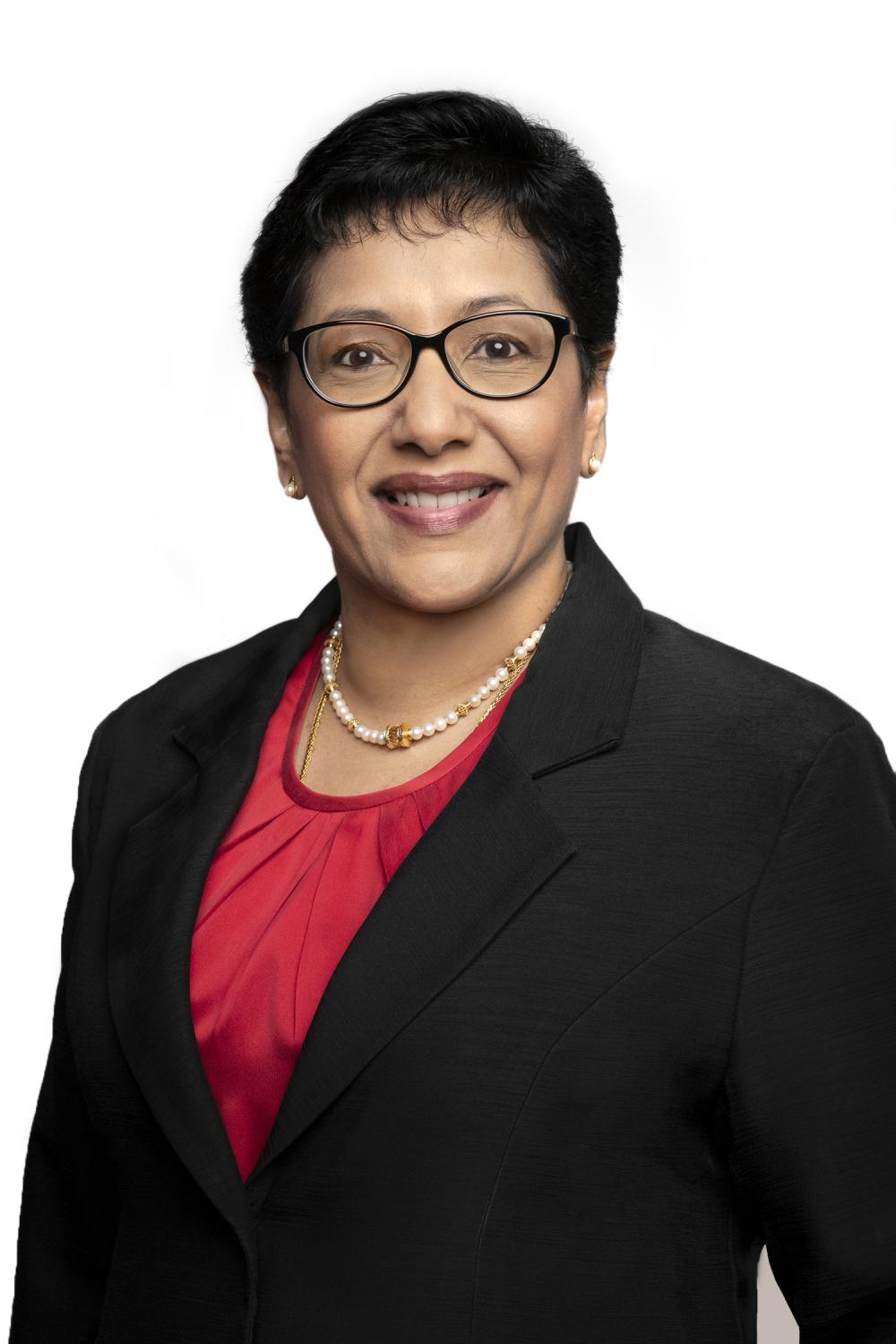
As the two-week COP26 climate conference in Glasgow drew to a close last week, hopes were high that countries could stay on track in efforts to avert a global warming catastrophe. One key will be redoubling efforts to get carbon emissions to net zero by 2030.
Besides commitments made by governments across the world, the private sector including businesses in Southeast Asia has expressed a willingness to adapt and transform business practices to focus on sustainability in what they call a decade of action.
For executives of multinational companies, there are potential risks and opportunities in setting out strategies to grow through sustainability. Many are undertaking this challenge at a time when they are also undergoing a digital transformation that is radically changing they way they interact with their customers and the wider world.
Microsoft, a principal partner for COP26, has set a goal to be carbon negative by 2030. And by 2050, the US technology giant aims to have removed from the environment all the carbon the company has emitted since its establishment, according to chief environmental officer Lucas Joppa.

"While the world will need to reach net zero, those who can afford to move faster and go further should do so," he said during the recent Asean Business Forum 2021, a two-day virtual event organised by Standard Chartered Bank.
Organisational commitment to net zero should align with the global agenda for carbon reduction and removal, the measurement of net zero, streamlining carbon accounting and management including data collection, digitisation and optimisation.
Last year Microsoft announced that it was expanding the application of its internal "carbon tax" and would start charging not only for direct emissions, but those from its supply and value chains. The current fee is US$15 per tonne of carbon equivalent.
"Unlike some other companies, our internal carbon tax isn't a 'shadow fee' that is calculated but not charged," the company wrote in a blog. "Our fee is paid by each division in our business based on its carbon emissions, and the funds are used to pay for sustainability improvements."
Mr Joppa said such an organisational change could be difficult and it might take years to achieve the goal.
While commitment is crucial for transformation, technology enables companies to solve the hard challenges and move forward.

Asean should make sure finance is available in the right places to make net zero a reality, says Isabelle de Lovinfosse, head of Southeast Asia COP26 strategy at the British High Commission in Singapore. SUPPLIED
NO-CARBON CRUSADE
Reducing carbon emissions is becoming an industry in itself, with money and jobs flowing into new technologies and opening up new carbon reduction and removal markets.
Southeast Asian countries have a role to play, by making sure that finance is available in the right places for countries and businesses to achieve the net zero mission, said Isabelle de Lovinfosse, head of Southeast Asia COP26 strategy at the British High Commission Singapore.
The region, she told the forum, still needed to speed up progress toward sustainability by raising awareness through education, especially since the region is among the most vulnerable to climate change.
She identified four key pillars of the energy transition that countries should focus on to accelerate the achievement of climate targets. They include phasing out coal power, reducing international coal financing, more attractive clean energy offers, and creating a new financial framework.
Although Asean has set a target for renewable sources to account for up to 50% of energy generation, coal power still predominates in many countries. In fact, more new plants are being built to meet the near-term needs of fast-growing economies that do not yet have enough green energy alternatives in place.
Therefore, it is necessary to encourage industrial players to transform from coal-based to renewable energy. Asean has high potential with many natural resources such as sun, wind, water and biomass.
And because restoring natural forest is the best way to remove carbon through nature, Asean can play a key role in the decarbonisation drive as it is home to nearly half of the world's nature-based carbon-offset supplies.
However, there are still organisational culture, knowledge and financing gaps in making the transition to a low-carbon future, cautioned Daniel Hanna, global head of sustainable finance at Standard Chartered Bank.

More SMEs are poised to become upstream traders in goods, services and intellectual property over the next decade, predicts Magnus Ekbom, chief strategy officer of Lazada. SUPPLIED
He believes commitment from financial institutions to repurpose their own business, as well as funding and supporting global and local initiatives is very important for transformation toward a green economy and sustainable finance.
The London-based banking group recently set up its first green trade finance facility to support companies across Asia, Africa and the Middle East, Europe and the Americas to implement sustainable practices and build more resilient supply chains. The facility will also support suppliers who meet environmental, social and governance (ESG) metrics such as gender equality, responsible sourcing criteria and water use.
The focus is on making trade financing more readily available for sustainable industries including renewable energy, energy efficiency, the blue economy, sustainable infrastructure, water management and clean transport. The bank is also encouraging industries to transition and reduce their carbon footprint by offering trade financing that recognises efforts to help reduce emissions, Mr Hanna pointed out.
Companies that invest in sustainability generally find that improved resilience, better operational performance and business success follow. This principle has held true in the face of the Covid-19 pandemic.
Improving future readiness means redirecting capital toward sustainable business, governments providing incentives for sustainable activities, customers showing a preference for sustainable products and services, and employees demanding sustainable leadership.
In the current decade of action, there is also a need to align digital transformation and sustainability objectives. Ultimately, decisions need to be grounded in data.

"While the world will need to reach net zero, those who can afford to move faster and go further should do so," says Lucas Joppa, chief environmental officer of Microsoft. Scott Eklund
PANDEMIC LESSONS
The rapid acceleration of digitisation catalysed by the pandemic presents the opportunity to rethink how we make decisions and how we apply technology in new and meaningful ways. Immense opportunity exists for organisations that can capture the value of data to drive more sustainable solutions.
Food production is a good example of a transformative process- oriented industry as its focus is on continuous development, discovering new approaches to improve operations, arrive at better choices, and stay competitive.
Wern-Yuen Tan, chief executive officer of PepsiCo Asia Pacific, Australia, New Zealand and China, told the forum that his company has for years been investing in technology and digital services to define products that meet consumers' demand.
"Technology can create and fulfil demand for a product while improving the consumer experience," he said.
Artificial intelligence (AI) and machine learning help company to analyse emerging trends in the market, what people are talking about on social media and searching for on the internet.
PepsiCo's research and development team now uses data analysis to get a more precise idea of flavours and ingredients preferred by consumers, which speeds up its ability to create successful innovations and bring them to the market, added Mr Tan.
The company also works with farmers, using Internet of Things applications to obtain more precise data for improving their yields and income. In China, labour in rural towns is now crowdsourced. Such data and automation help drive efficiency in the supply chain and help the company monitor progress.
On the retail front, there has been a sharp acceleration of digital e-commerce over the past two years, said Magnus Ekbom, group chief strategy officer at Lazada, one of the biggest online shopping platforms in Asean.

Companies need to build resilience into their core digital infrastructure, says Ruma Balasbranmanian, managing director for Southeast Asia for Google Cloud. SUPPLIED
"Consumers have been digital savvy for several years now. It's the companies that have been adopting digital platforms and tools at a much higher pace than before," he said of the recent trend.
"And that adoption meets the consumers' demand. That's why we're seeing strong growth in the digital channel."
Despite having diverse market categories between countries, he is also optimistic about the growth of small and medium enterprises (SMEs) in the region as everyday purchases online are much higher than in the past.
The supply chain in Southeast Asia will also get a further lift from the Regional Comprehensive Economic Partnership (RCEP), a free trade agreement that formally takes effect in January. This in turn will open more opportunities for small businesses.
More SMEs, Mr Ekbom believes, are poised to become upstream traders in goods and services, intellectual property over the next decade.
Getting further upstream will enable small businesses to have a healthier financial outlook and more freedom. But getting access to financing channels for SMEs in the region is still a challenge that should be tackled, he said.
Bank platforms will have a crucial role to play, with an emphasis on innovative financial solutions and services.

Carbon trading platforms should be more accessible to accelerate capital flows within Asean, says Rino Donosepoetro, Standard Chartered vice-chairman for Asean. SUPPLIED
NO SILVER BULLET
Technology is not a silver bullet, but it can provide the building blocks that can make trade easier.
Rino Donosepoetro, Standard Chartered's vice-chairman in Asean, agreed more investment in digital infrastructure is needed in the region, whether it is AI, blockchain or cybersecurity. Digitisation and carbon trading platforms should be more accessible to accelerate capital flows within Asean, he added.
Ultimately, business resilience will be the key, given the lessons learned from the pandemic, said Ruma Balasbranmanian, managing director of Google Cloud in Southeast Asia.
Google itself is a good example, she said. More people today are using Google Workspace, particularly Gmail and Google Meet, to stay connected with customers, vendors and colleagues, whether they are working remotely or in the office. Such business practices have helped minimise the impact of office closures and travel restrictions
Companies also need to take into account building resilience into their core digital infrastructure, said Ms Balasbranmanian. This requires planning at all levels of the organisational structure and network. It also influences how a business lays out its infrastructure and network, and how it designs its data storage and apps.
It even extends to people and culture, as availability and resilience are needed to run the business and meet regulatory and compliance obligations in the long run, she added.

"Technology can create and fulfil demand for a product while improving the consumer experience," says Wern-Yuen Tan, chief executive officer of PepsiCo Asia Pacific. SUPPLIED

Trade financing needs to recognise businesses' efforts to help reduce emissions, suggests Daniel Hanna, global head of sustainable finance at Standard Chartered. Picasa